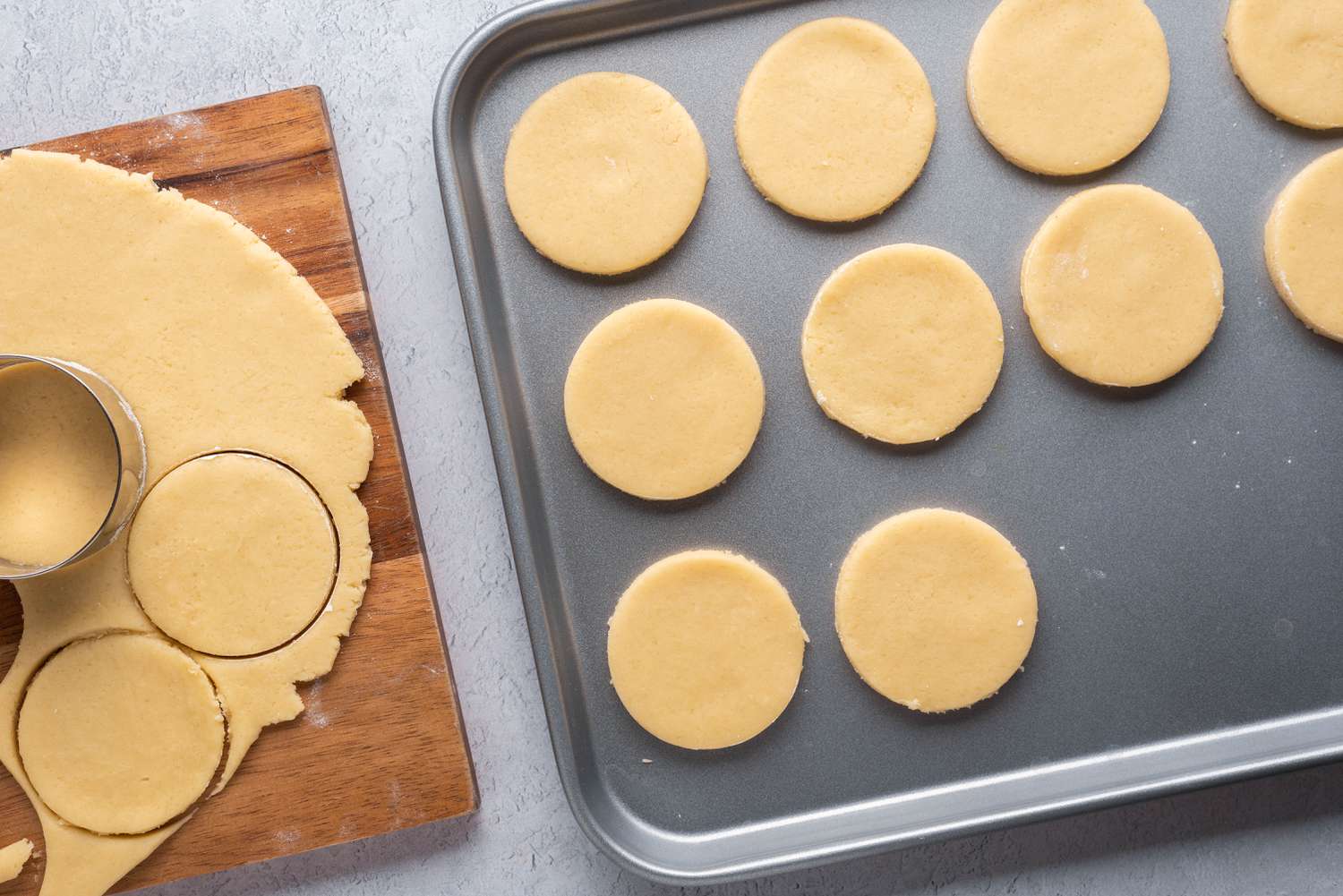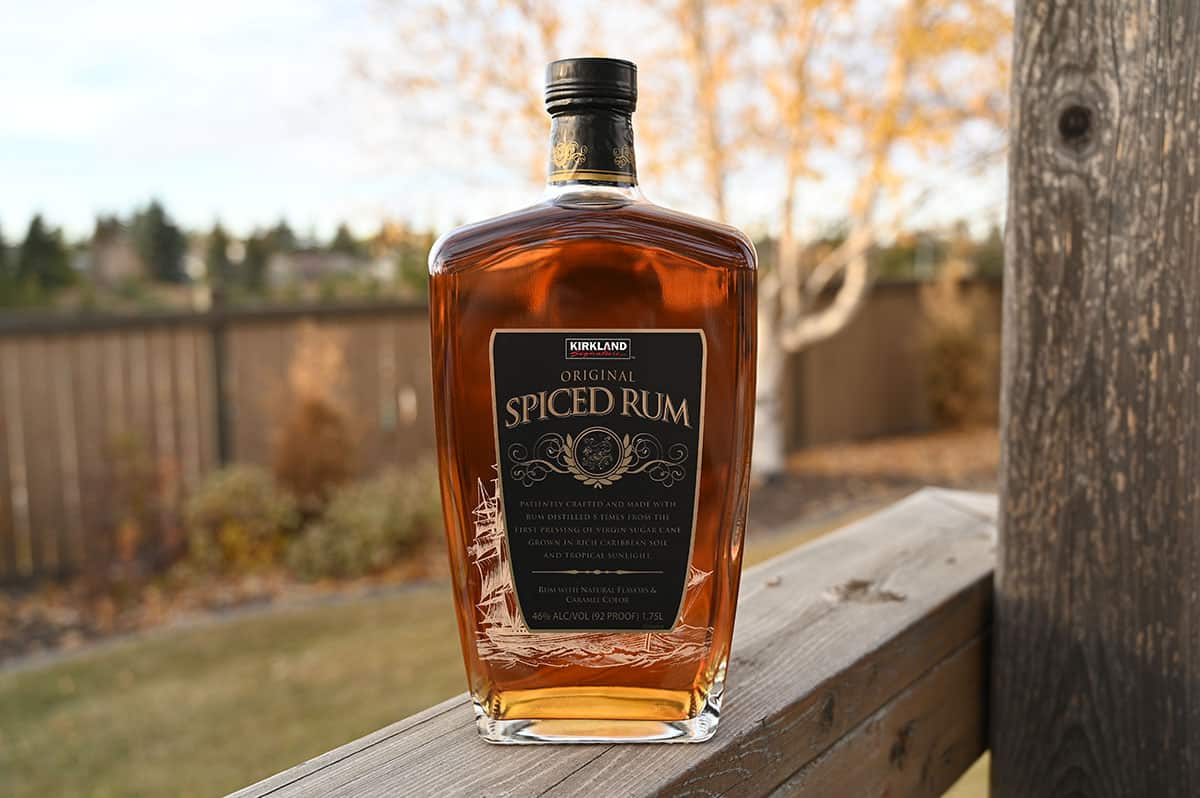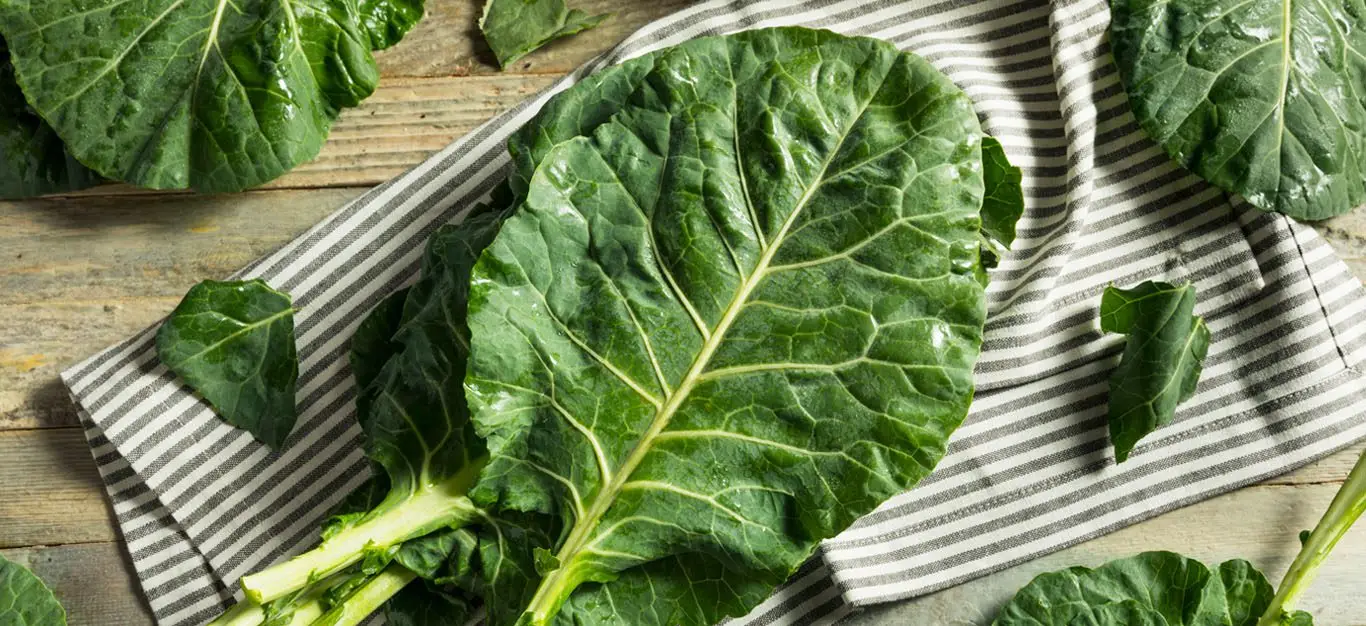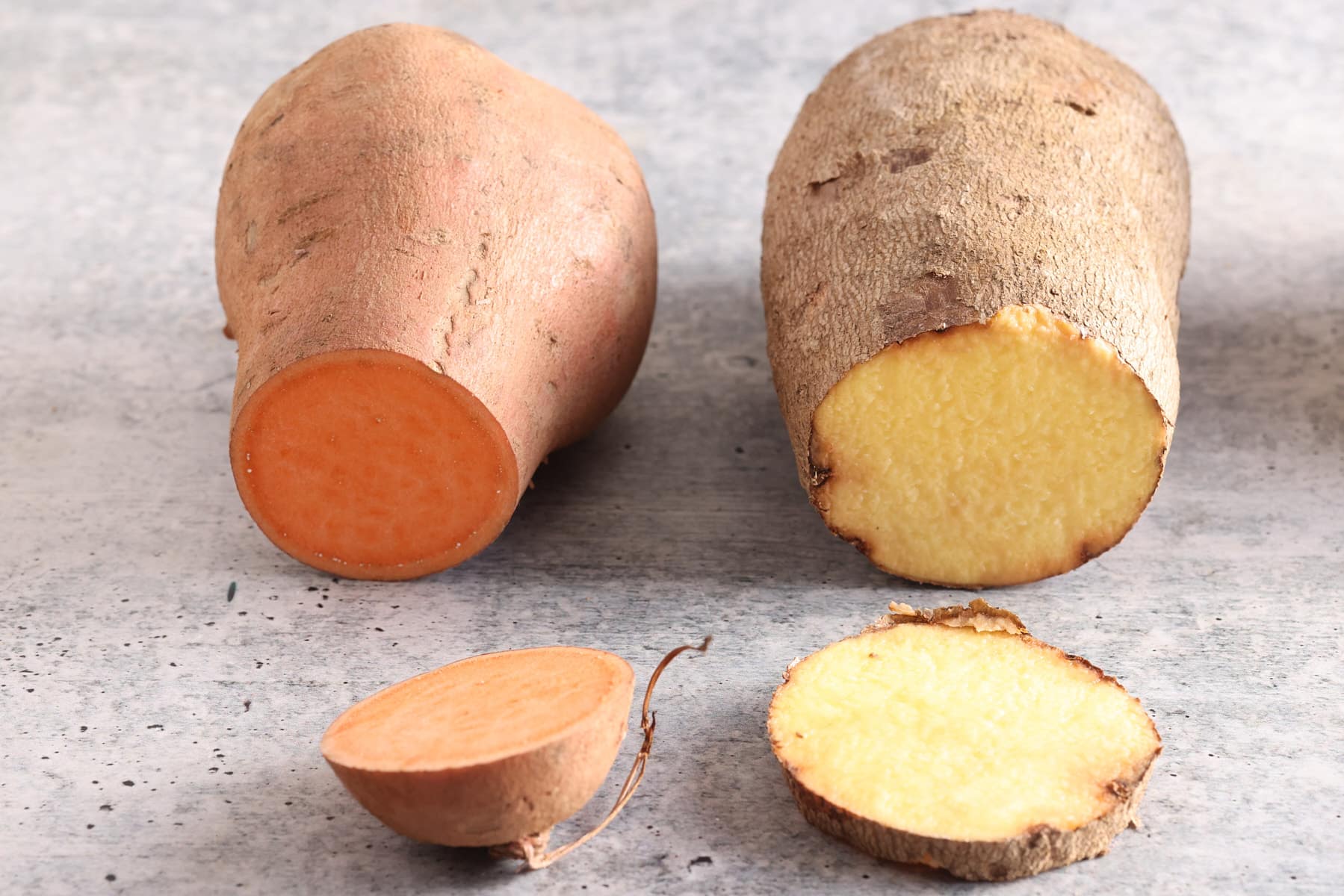Understanding Skim Milk Powder
Skim milk powder, also known as non-fat dry milk, is a dairy product that is made by evaporating milk to remove the water content. The result is a fine, powdery substance that can be reconstituted with water to create liquid skim milk. Skim milk powder is a popular choice for those looking for a low-fat alternative to regular milk, and it has a variety of uses in the food industry.
Production Process
The production of skim milk powder begins with fresh, pasteurized milk. The milk is then evaporated under low pressure and heat to remove the water content. This process helps to preserve the nutrients present in the milk while extending its shelf life. Once the water has been removed, the remaining powder is then packaged and ready for distribution.
Nutritional Value
Skim milk powder is a good source of protein, calcium, and other essential nutrients found in milk. It is low in fat, making it a popular choice for those looking to reduce their fat intake. Additionally, skim milk powder is often fortified with vitamins A and D, further enhancing its nutritional value.
Uses
Skim milk powder has a wide range of uses in the food industry. It is commonly used in the production of dairy products such as yogurt, ice cream, and cheese. Additionally, it is often used as an ingredient in baked goods, soups, and sauces. Skim milk powder can also be reconstituted with water to create liquid skim milk for drinking or cooking.
Benefits
There are several benefits to using skim milk powder. It has a long shelf life, making it a convenient option for those who may not consume milk regularly. It is also a cost-effective alternative to liquid milk, as it is lighter and more compact for storage and transportation. Additionally, skim milk powder can be a useful ingredient for those looking to reduce the fat content in their recipes without sacrificing the nutritional benefits of milk.
Conclusion
Skim milk powder is a versatile and nutritious dairy product that has a variety of uses in the food industry. Whether you’re looking to reduce your fat intake, extend the shelf life of milk, or enhance the nutritional value of your recipes, skim milk powder is a valuable ingredient to have on hand.
So, next time you come across skim milk powder in the grocery store, consider adding it to your pantry for all your cooking and baking needs!
Was this page helpful?
Read Next: What Is White Syrup?











